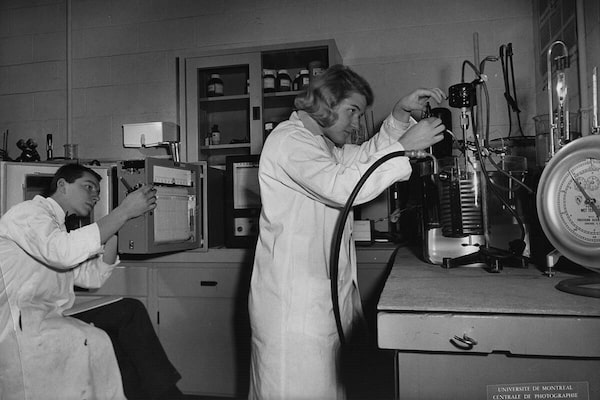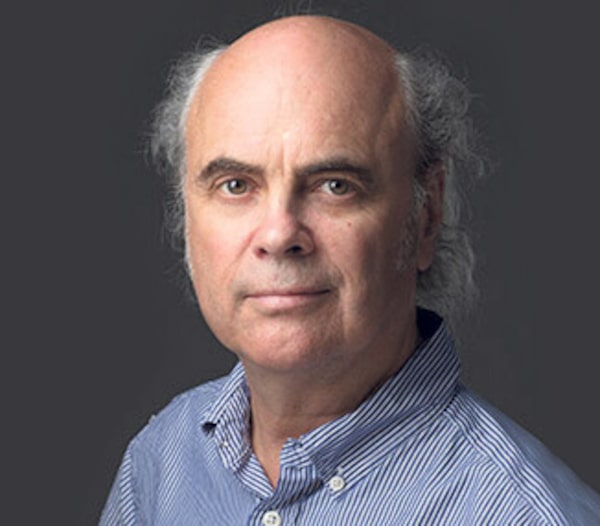
Supplied
What major accomplishments can be attributed to Polytechnique Montréal since it was founded in 1873? “Where to begin,” says historian Robert Gagnon, laughing. “We could talk about it all day.”
The Université du Québec à Montréal (UQAM) professor should know. He wrote a hefty 528-page volume on the topic: Histoire de l’École Polytechnique de Montréal.
The university was founded by Urgel-Eugène Archambault to train the engineers needed during Canada’s rapid industrialization. The early years of the first francophone engineering university in North America were difficult. Five students graduated in 1877, only one the following year. The first three decades saw no more than an average of four graduates a year.
The tide began to turn around 1905. “Polytechnique graduates started playing an increasingly important role in the public sphere. They held major positions in municipal, provincial and federal governments,” says Dr. Gagnon. This trend accelerated though the 1910s, the 1920s and the 1930s.

Historian Robert Gagnon.Supplied
Although they were widely perceived as community leaders, Polytechnique Montréal alumni were still under-represented in the business world until the 1950s, when that, too, began to shift, says Dr. Gagnon. “Polytechnique Montréal engineers developed strong ties with the private sector, which was vital to the development of the province. Suddenly, a host of emerging companies were being created by former students.”
Henri Audet, who founded telecommunication behemoth COGECO in 1957, was a Polytechnique engineer. So was Robert Boyd, one of the first francophones hired by Hydro-Québec, and Paul-Aimé Sauriol, founder of Dessau, one of Canada’s largest engineering-construction firms. The list goes on.
Changing the face of Quebec – and the country
Alumni also played a vital role in driving Quebec’s urbanization. Émile Vanier, who earned a diploma from Polytechnique Montréal in 1877, helped to develop Montreal’s sewer system. Marius Dufresne, who graduated in 1905, founded the Dufresne Construction Company and the Dufresne Engineering Company with his brother Oscar. They went on to build tunnels, dams, power plants and bridges across Quebec, including the Sainte-Anne and Pie-IX bridges, the Ontario Street tunnel and parts of the Jacques-Cartier Bridge.
“Most of the sewer systems built in Quebec were designed by Polytechnique Montréal engineers, as were most bridges built in the 1960s,” says Dr. Gagnon. Alumni also helped build a series of hydroelectric power stations, like the dam on the Manicouagan River and the James Bay Project, one of the world’s largest energy producers that generates electricity not just in Quebec but for much of the northeastern United States.
Augustin Frigon, a former student who became a professor, then the director and later the president of the university, was the first French Canadian to get a doctorate from the renowned Paris-Sorbonne University. In 1943, Dr. Frigon became general manager of CBC/Radio-Canada and was instrumental in making the public broadcaster what is today.
“It’s obvious that Quebec, and the country as a whole, would not be the same without Polytechnique Montréal’s alumni. The electrification of rural areas, the highway system, aqueducts and streets, Polytechnique people built all that,” says Dr. Gagnon.
“We owe it all to them.”
Advertising feature produced by Randall Anthony Communications. The Globe’s editorial department was not involved.